HydroFoamer began as a field-driven innovation in the Norwegian hydropower sector. In 2014, the concept was conceived by Guy Harris — then Director of Quality at a Norwegian hydropower developer — as part of a cost-saving initiative to improve pipeline installation in remote, high-pressure terrain.
Following successful early trials, the method was formally patented in 2014 and validated through a full-scale commercial project in 2016 for Statkraft at Adamselv in Finnmark, Northern Norway. The project, conducted under severe climatic and logistical conditions, demonstrated that polyurethane foam could effectively replace traditional ballast and thrust blocks—meeting both structural and environmental criteria.
This milestone deployment was supported by peer-reviewed academic research, including studies by NTNU (Norwegian University of Science and Technology), which confirmed the geotechnical performance of PU foam in both straight and curved GRP pipe sections.
To industrialize the approach, HydroFoamer BV was established as a dedicated development vehicle. Its mandate: to evolve the method into a fully automated, self-contained robotic spray platform, capable of large-scale deployment across hydropower, drinking water, and energy projects worldwide.

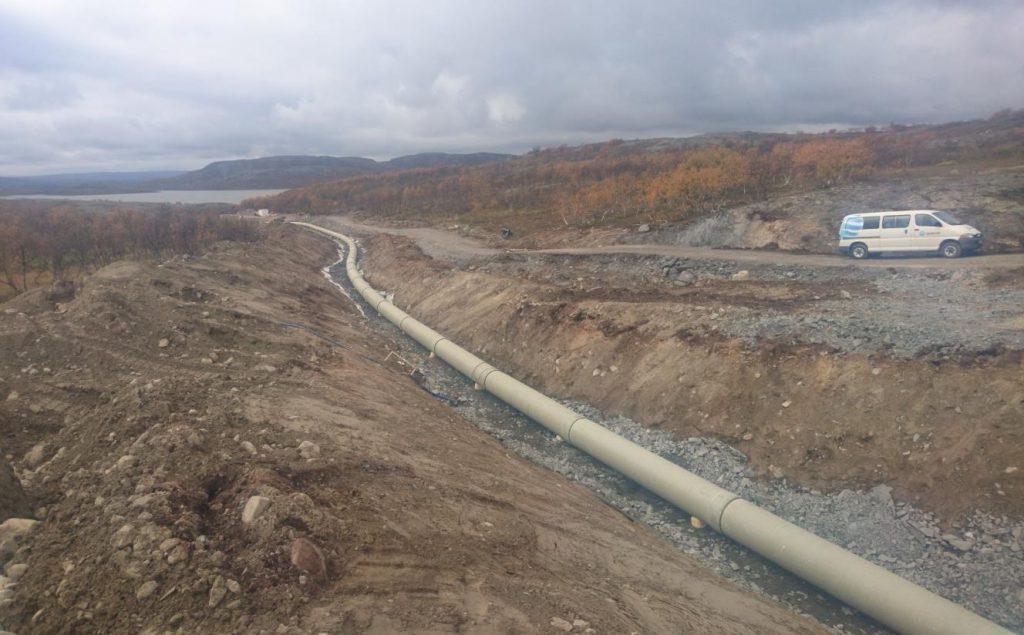
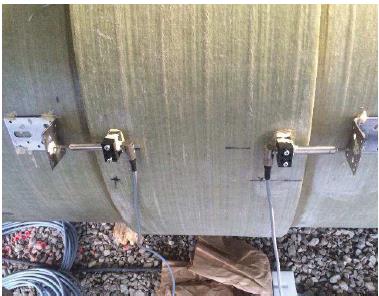
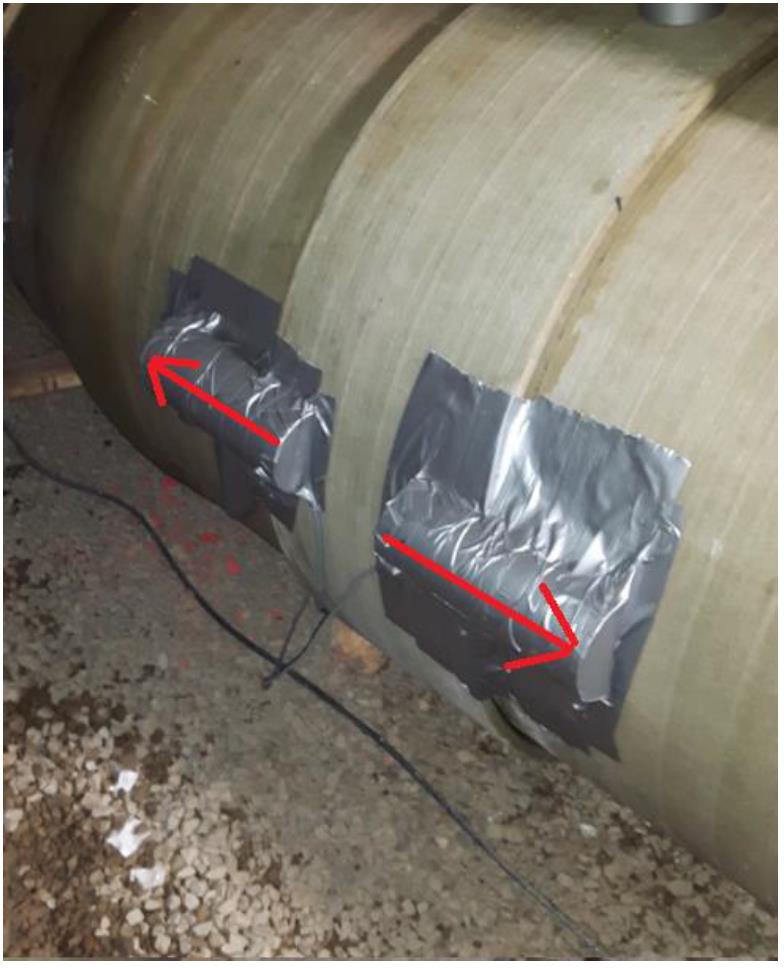
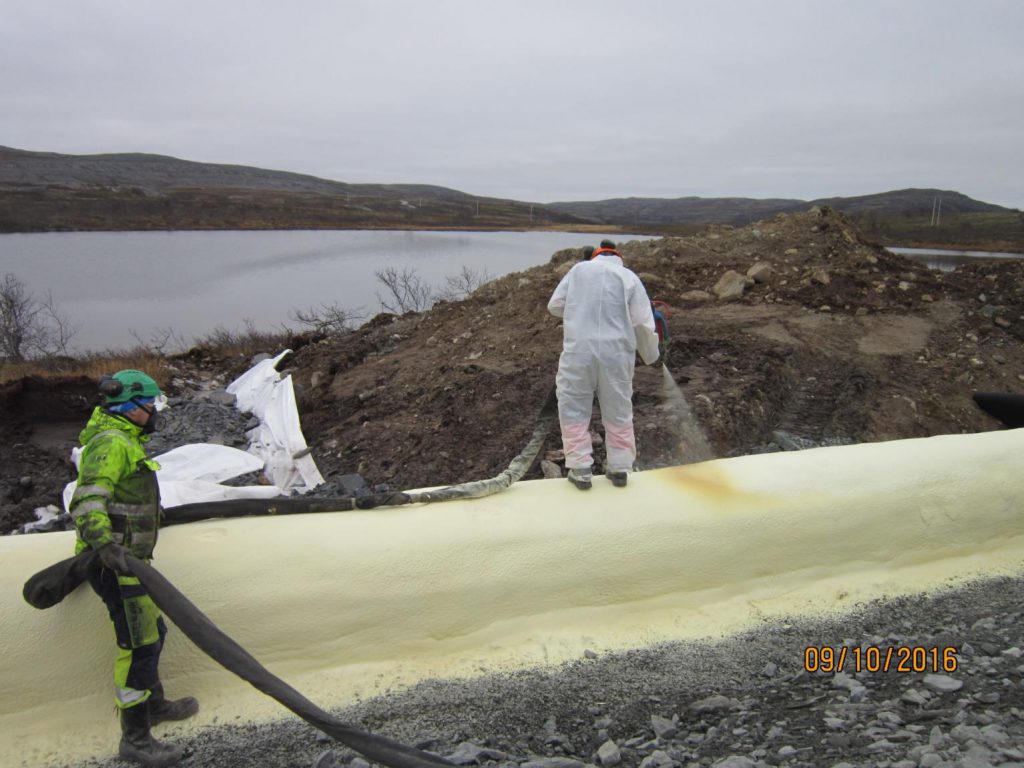
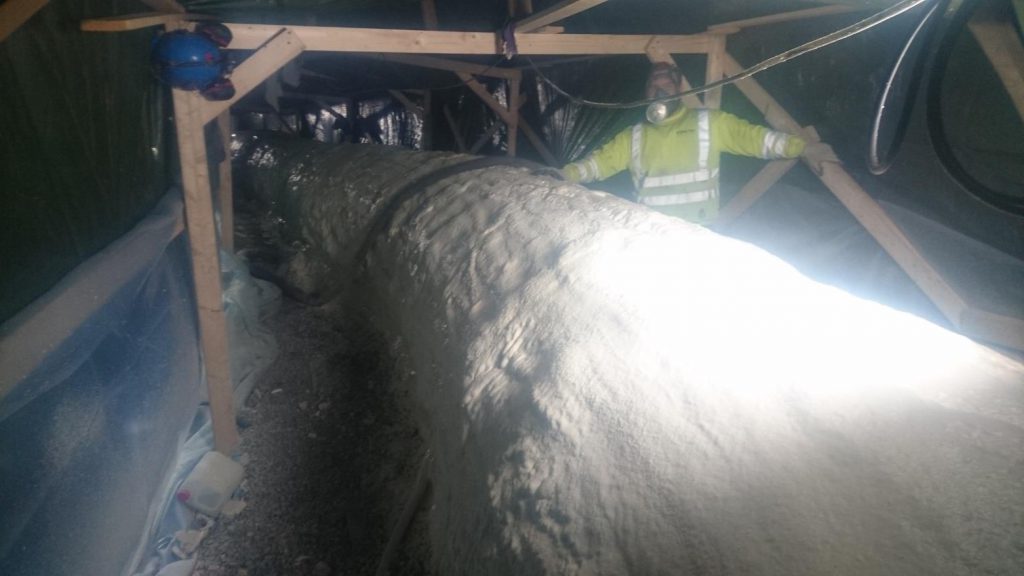

LOOKING AHEAD
The HydroFoamer platform is currently in late-stage engineering and nearly ready for construction.
The system is expected to be operational by late 2025, unlocking a new era of faster, safer, and more sustainable pipeline installation.
